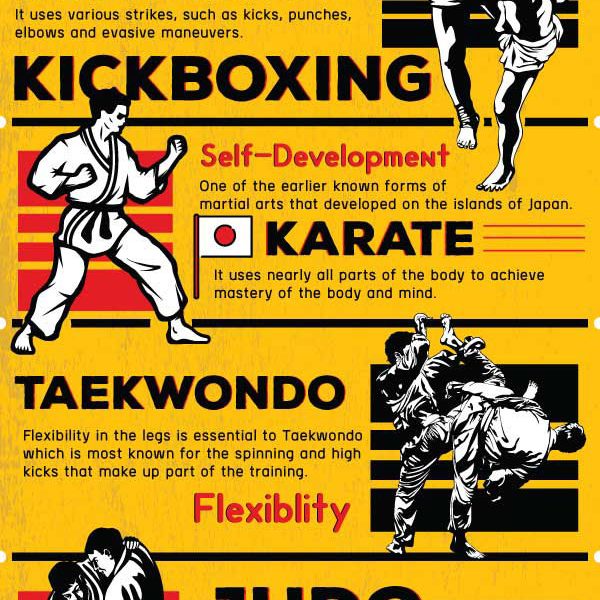Exploring The Distinctions Between Typical Martial Arts And Contemporary Battle Sports
Exploring The Distinctions Between Typical Martial Arts And Contemporary Battle Sports
Blog Article
Material Written By-Ware Snedker
When you think about martial arts, do you lean more towards the conventional methods or the modern-day battle sporting activities? Each path uses distinct advantages and experiences, shaped by their philosophies and training methods. Standard martial arts highlight personal growth and self-control, while modern combat sporting activities focus on competition and efficiency. Comprehending these differences can assist you in picking the appropriate approach for your journey. Yet just how do these distinctions show up in training and philosophy?
The Viewpoint and Background Behind Traditional Martial arts
While many people link martial arts with physical fight, the ideology and background behind conventional martial arts run much deeper. You'll discover that these self-controls highlight personal growth, technique, and respect.
Stemming from ancient techniques, typical martial arts were frequently developed for Self-Defense and spiritual development. They symbolize concepts such as balance, consistency, and self-control, guiding professionals beyond plain fighting abilities.
As you train, you'll not just find out strategies however likewise acquire insights right into the society and values that formed these arts. The routines and traditions, frequently given through generations, cultivate a sense of neighborhood and belonging.
The Competitive Nature of Modern Battle Sports
Modern battle sports have actually transformed the landscape of martial arts into an extremely affordable arena, where professional athletes challenge in an examination of ability, method, and endurance.
You'll notice that competitions are usually arranged with rigorous guidelines and regulations, ensuring justice and safety. https://www.lascrucesbulletin.com/stories/martial-arts-come-to-mesilla-valley-mall-free-self-defense-classes-for-women,8354 bring in huge target markets, sustaining the excitement and intensity of competitions.
Professional athletes train rigorously, not just for physical expertise but likewise for psychological toughness, understanding that every information counts in the ring. The adrenaline rush during competitors is palpable, as fighters press their limitations to claim triumph.
Followers value the athleticism and artistry entailed, making modern-day combat sports a thrilling spectacle that continues to progress and mesmerize enthusiasts around the globe.
Training Approaches and Techniques: A Relative Analysis
The affordable environment of contemporary fight sporting activities needs ingenious training approaches that vary dramatically from conventional martial arts.
In martial arts you can teach yourself , you'll concentrate on particular strategies, competing, and conditioning, often utilizing drills that imitate real battle situations. You'll see an emphasis on quantifiable efficiency and regular competitors to examine your abilities.
In contrast, traditional martial arts prioritize kinds, katas, and thoughtful mentors, typically stressing discipline and regard over competition.
Training is usually much less intense and may entail repetitive practice instead of real-time sparring.
While both strategies develop skill and fitness, modern-day battle sports give an extra dynamic and versatile training atmosphere, preparing you for immediate difficulties in the ring or cage.
Pick the path that straightens with your objectives and passions.
Verdict
In picking between standard martial arts and modern battle sporting activities, it actually comes down to what you value most. If you're trying to find personal growth, discipline, and a feeling of area, typical arts might be your finest fit. But if you prosper on competition and real-time difficulties, modern combat sporting activities could be the means to go. Inevitably, both paths use distinct advantages, so it's all about straightening your training with your individual objectives and rate of interests.
